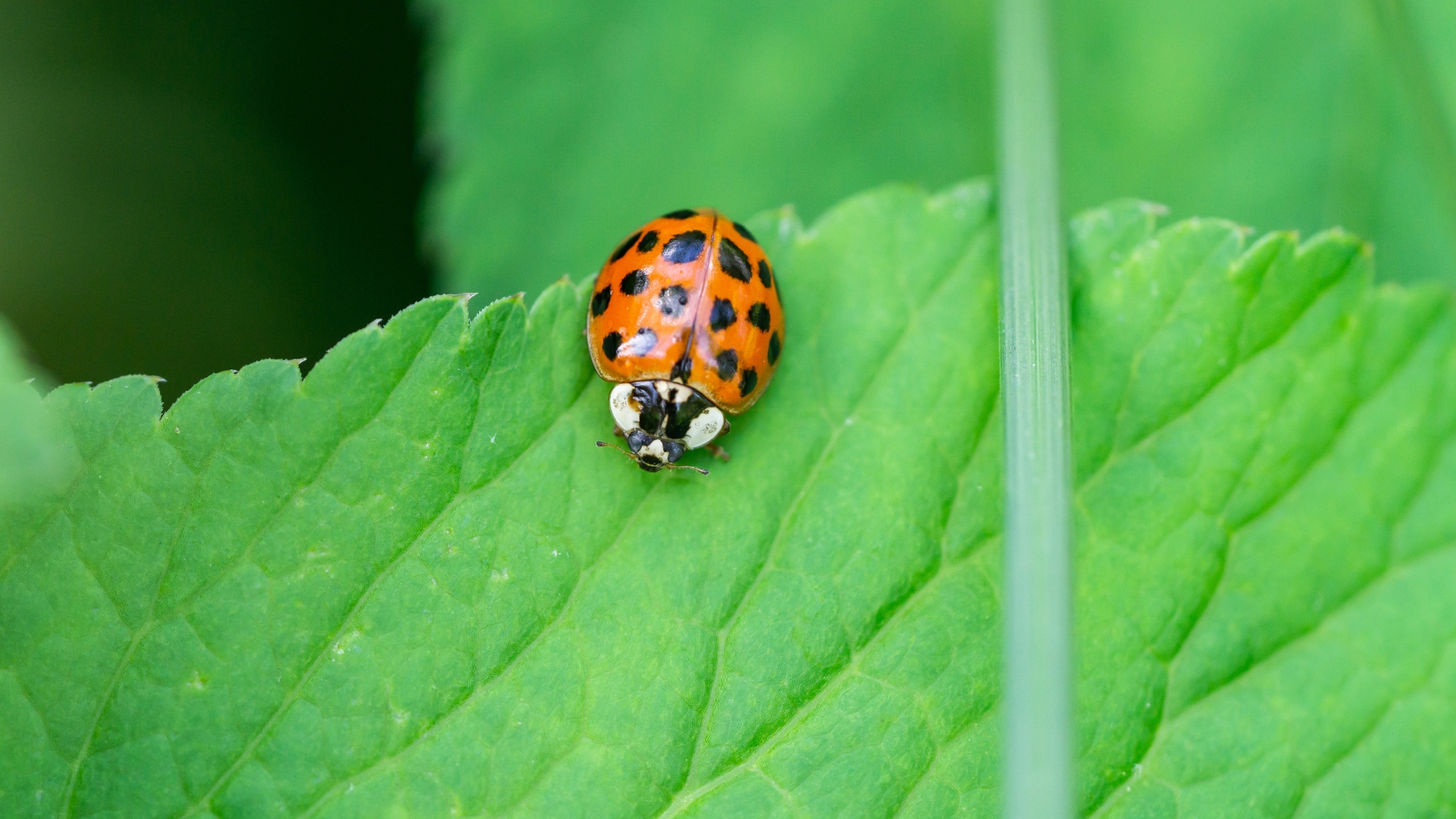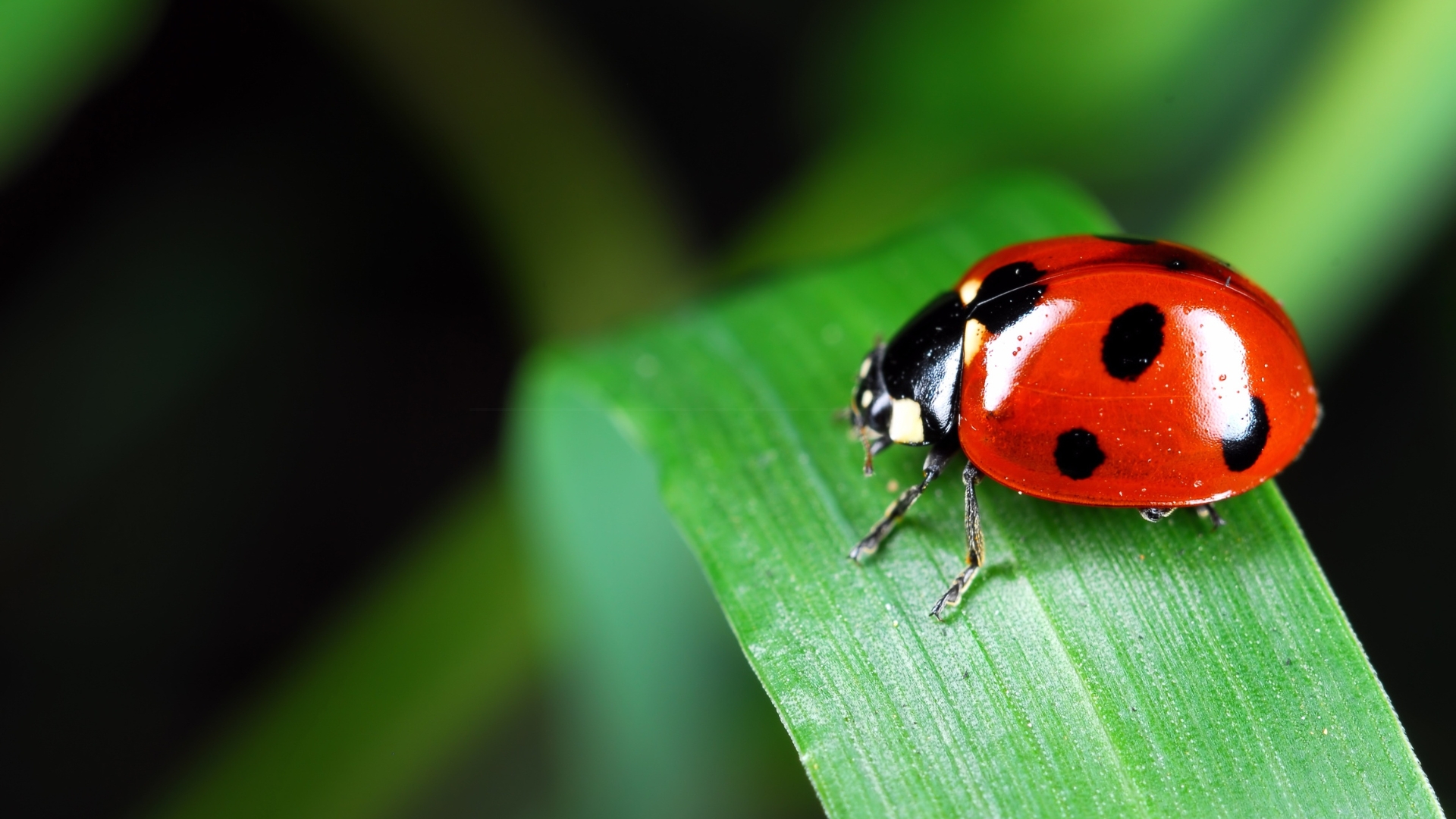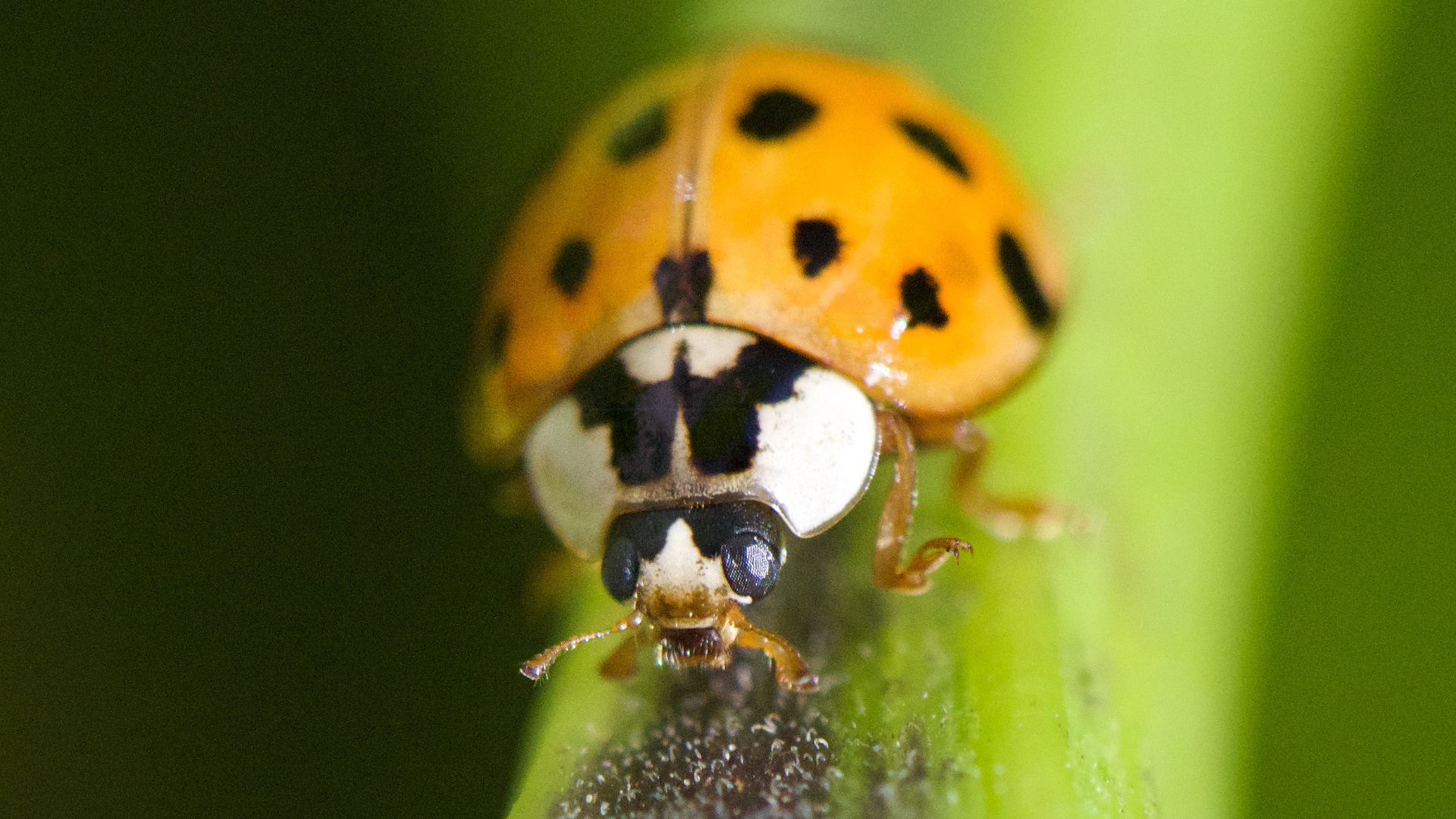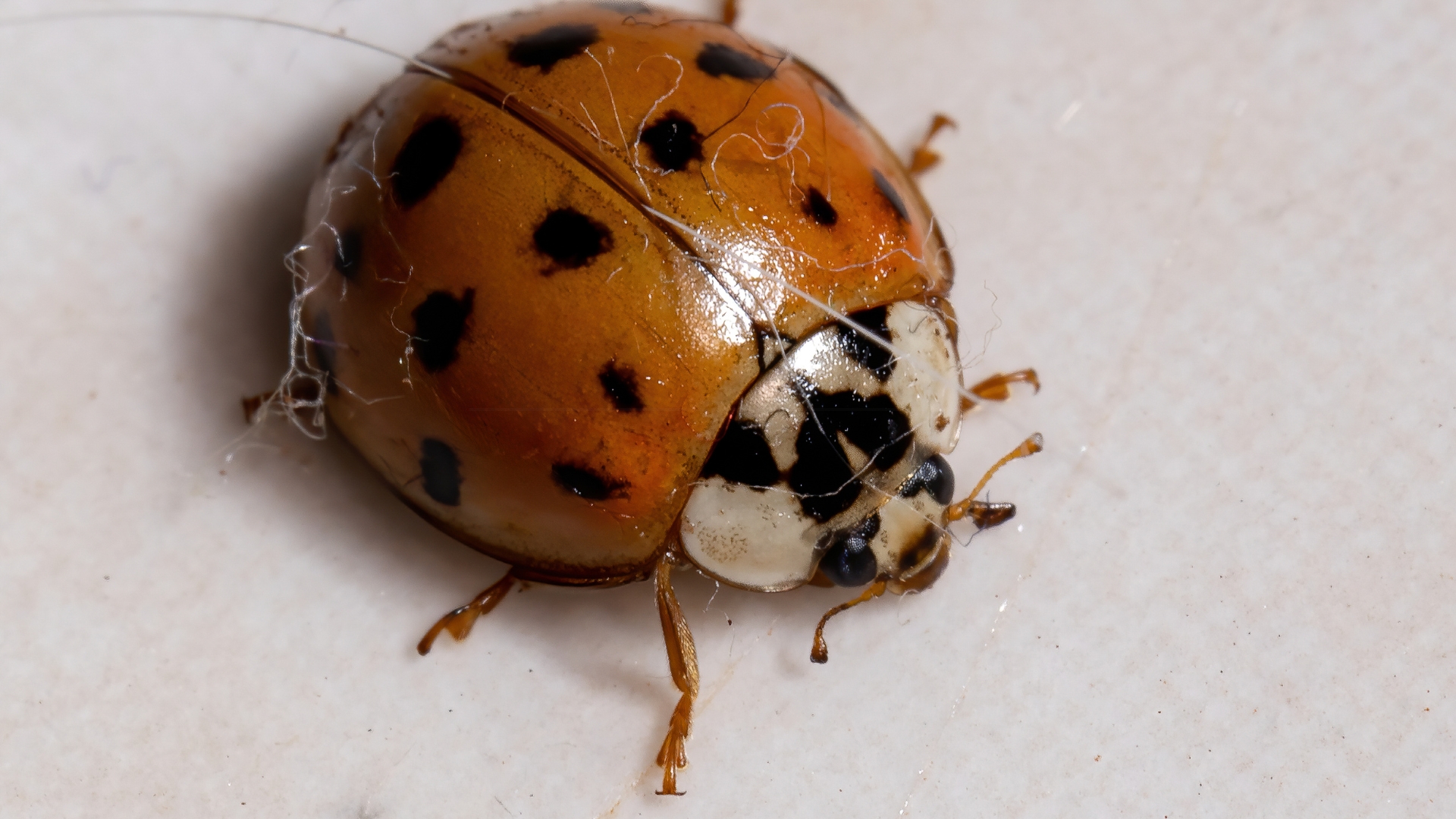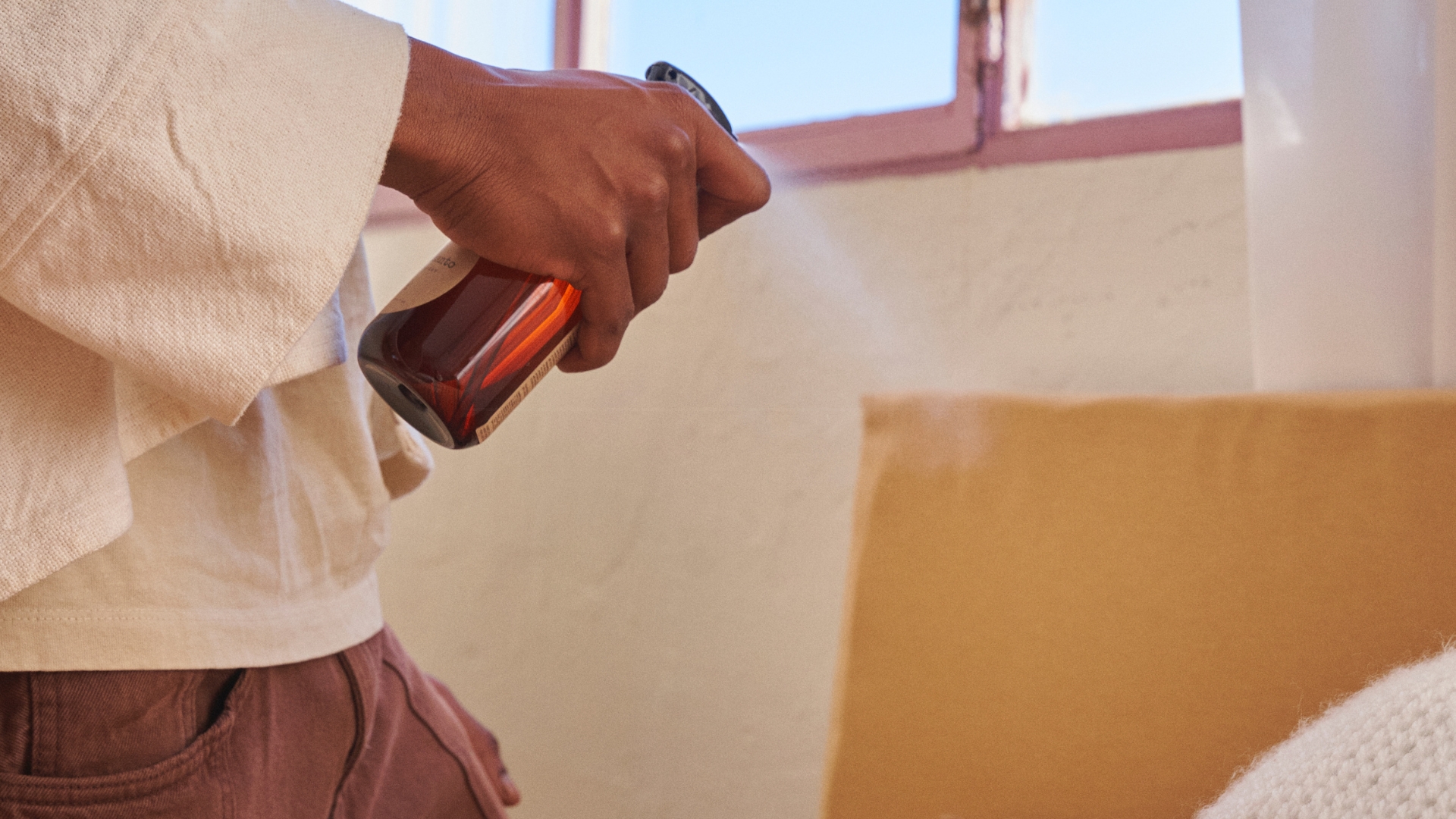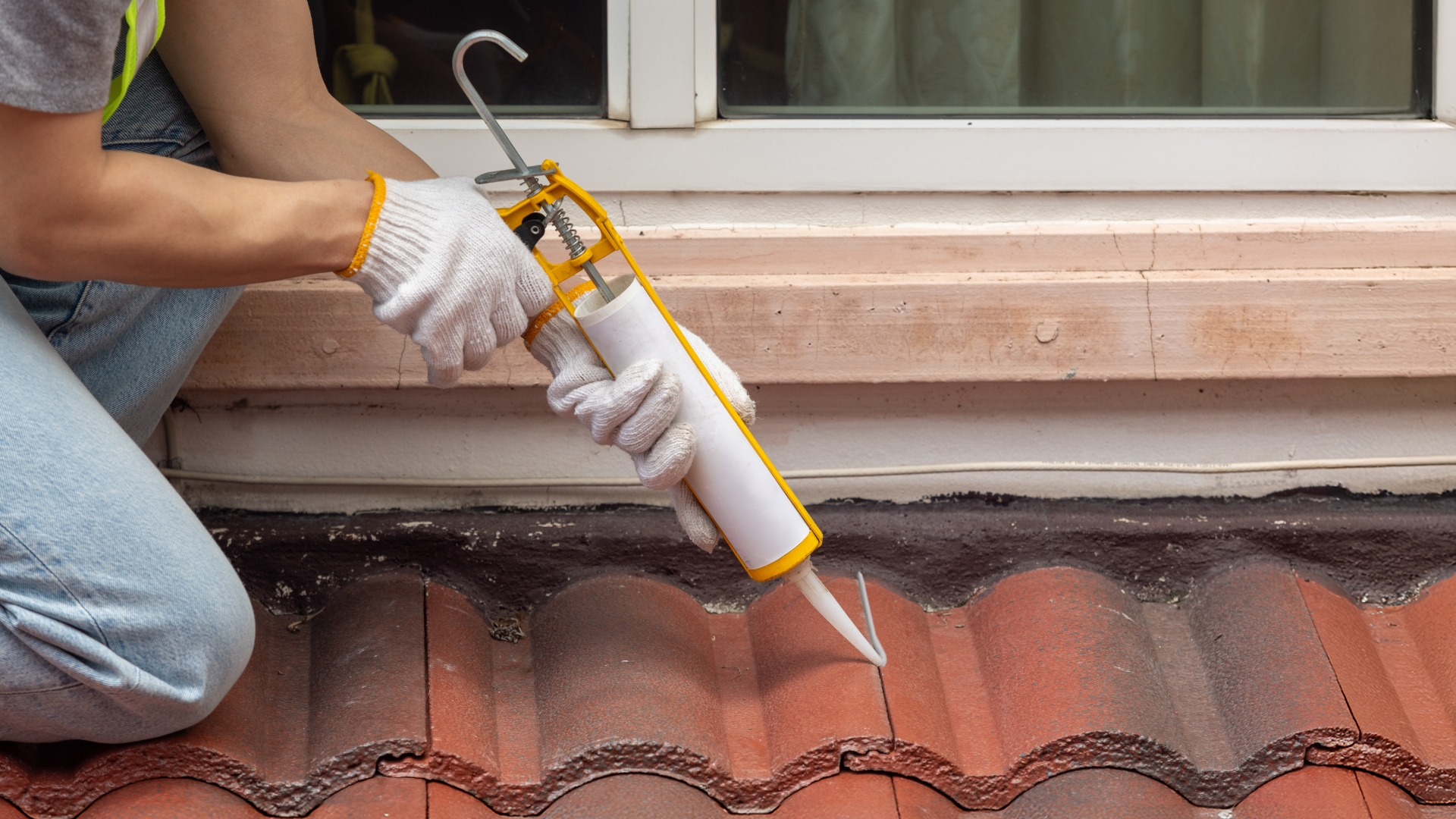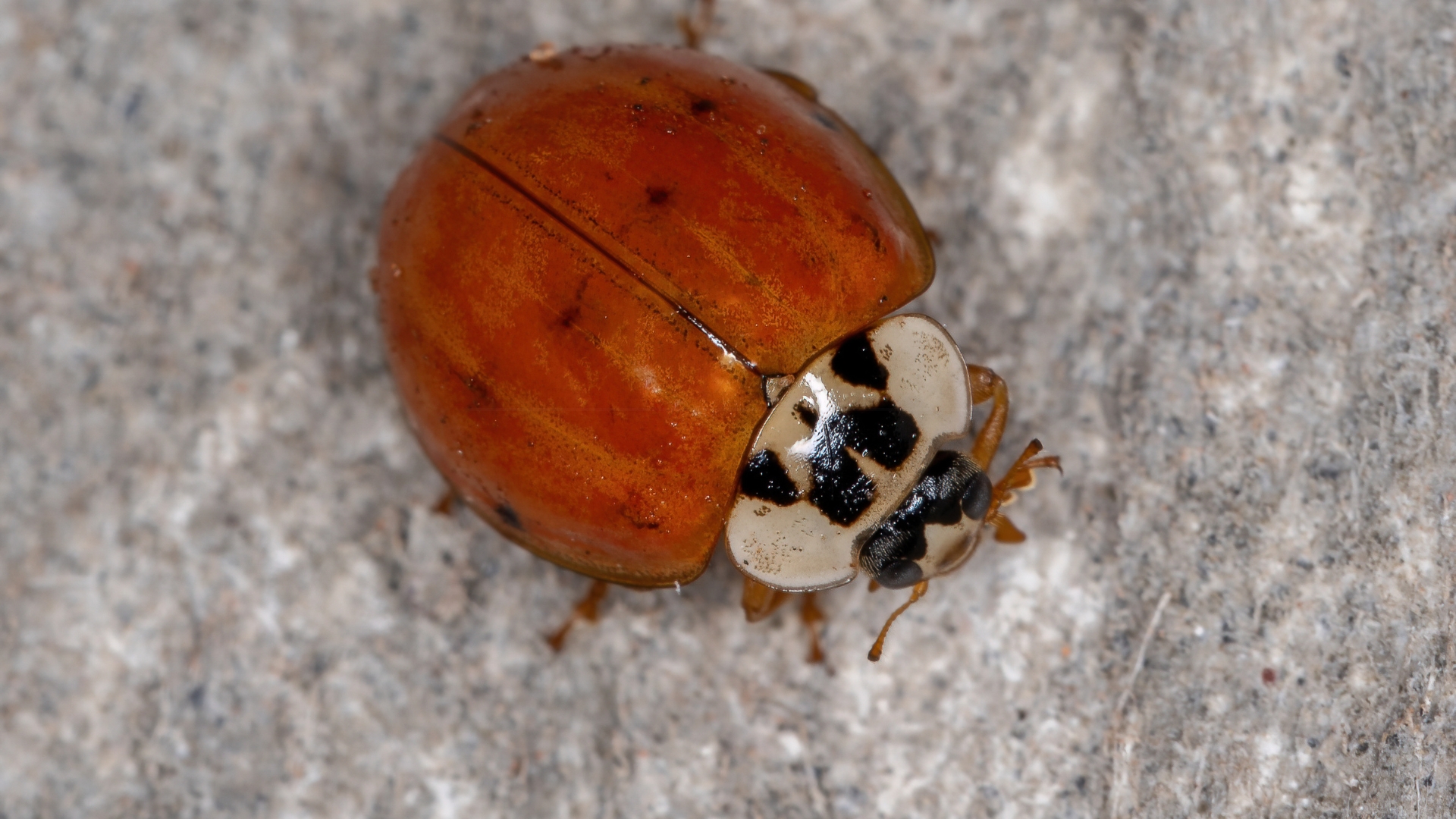We’re taught to see ladybugs as symbols of good luck, little red-and-black charms flitting through the garden, bringing balance and protection to our plants.
They’ve earned a reputation as nature’s tiny pest controllers, making them one of the most welcomed insects in any outdoor or indoor space.
After all, who wouldn’t want a natural ally against plant-damaging pests? But luck runs out fast when the wrong kind shows up. Not all ladybugs work in your favor, and some can be more trouble than they’re worth.
First, Let’s See What Is A Ladybug
Ladybugs are often seen as nature’s tiny guardians, known for their bright red shells and black spots. These beneficial insects belong to the Coccinellidae family and are famous for their appetite for plant-damaging pests, particularly aphids.
A single ladybug can consume hundreds of aphids a day, making them a gardener’s best friend when it comes to natural pest control. Their presence in a garden signals a thriving ecosystem, where they help maintain balance without the need for chemical pesticides.
Unlike harmful insects, ladybugs don’t damage plants, invade homes in large numbers, or become a nuisance.
While they prefer to stay outdoors in gardens, fields, and forests, an occasional ladybug may find its way indoors—especially in cooler months.
However, they don’t cause harm, reproduce inside, or infest homes like pests do. If you spot one indoors, it’s likely just seeking warmth and can be gently relocated back outside.
Their peaceful nature and beneficial role make them one of the most welcomed insects in both outdoor and indoor spaces.
But What Is An Asian Lady Beetle
At first glance, an Asian lady beetle (Harmonia axyridis) looks just like an ordinary ladybug. However, these invasive beetles, originally introduced to control aphids, have become a major problem in both gardens and homes.
Unlike the beneficial ladybug, Asian lady beetles are aggressive, often outcompeting native species and even biting humans when they feel threatened.
While they still feed on aphids, they have a bad habit of swarming in large numbers, especially in the fall when they seek shelter indoors.
They gather around windows, doorways, and warm areas, leaving behind a foul-smelling yellow secretion that can stain surfaces. Once inside, they can be difficult to remove, often clustering in corners, behind furniture, and even inside light fixtures.
So, What Makes Them Different
The most obvious difference between a native ladybug and an Asian lady beetle is their coloring and markings.
Ladybugs are typically bright red with symmetrical black spots, while Asian lady beetles can vary from yellow-orange to deep red, with irregular or faded spots.
Some even have a small black ‘M’ or ‘W’ marking on the area behind their head—a telltale sign that you’re dealing with an Asian lady beetle.
Behavior is another major distinction. Native ladybugs stay outdoors and focus on eating garden pests, while Asian lady beetles often invade homes, seeking warmth in the fall and winter.
Get Rid Of Lady Beetles By Spraying Your Home In Summer
The best way to prevent an Asian lady beetle invasion is to take action before they start looking for a winter hiding spot.
In late summer or early fall, spray the exterior of your home with an insecticide designed to repel these beetles. Focus on areas where they typically gather—window frames, doorways, vents, and any sunlit surfaces where they may cluster.
While chemical sprays can be effective, natural alternatives like peppermint oil, citrus sprays, or diatomaceous earth can also deter them without harming beneficial insects.
If you’ve already noticed them around your home, vacuuming them up immediately is the best removal method. Just be careful—when disturbed, they release a smelly, staining liquid that can be difficult to clean.
Don’t Forget To Seal The Cracks
Even the most effective spray won’t help if your home has easy entry points. Asian lady beetles squeeze through the tiniest cracks to find warm indoor spaces, making it crucial to seal up potential openings before fall arrives.
Check window screens, weather stripping, vents, and any gaps around doors or siding, and seal them with caulk or weatherproof tape.
Pay extra attention to attics, chimneys, and wall crevices—these are common hiding spots where they gather in large numbers.
Once inside, they hibernate through the winter, often unnoticed until a warm day wakes them up. By blocking their access, you’ll stop them before they can turn your home into their winter retreat.
Never Crush Them!
Seeing a cluster of beetles indoors might make you want to squash them on sight, but resist the urge! Crushing Asian lady beetles releases a foul-smelling, yellowish liquid that stains walls, furniture, and fabrics.
This secretion contains chemicals that can trigger allergies in some people and even cause skin irritation.
Instead, gently vacuum them up using a handheld vacuum or hose attachment, then immediately empty the vacuum bag or container outside to prevent them from escaping.
If you prefer a more hands-off approach, placing shallow bowls of soapy water near light sources can trap and kill them without creating a mess. The key is to remove them quickly and prevent their return—because once they settle in, they’ll keep coming back year after year.

